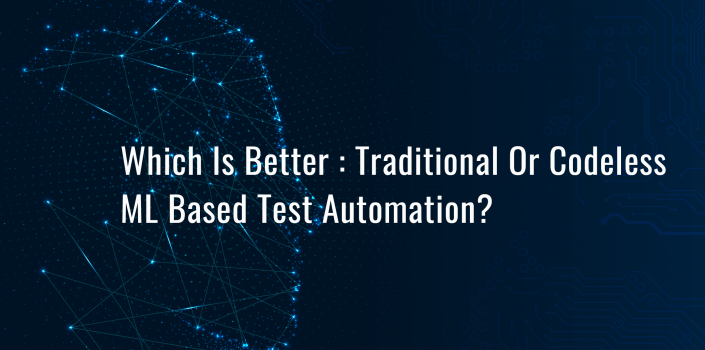"Why ASP.NET Core Is Now Being Widely Used For Web Applications"
"The Best IoT Platforms Today"

Before we go exploring deep into the topic, we will first take a look at the basics of testing, machine learning (ML) based testing automation and traditional testing automation.
The world today is calling out for automation and advancements in every possible field. On comparing with the technology a few centuries before and today, there is a significant change in the area of technological advancements. Every day, software is being developed which assists humans in numerous ways. Have you given a thought to how these work?
Every automated function is implemented by program codes that are developed by a team of developers somewhere. Errors or bugs in the software, therefore, cannot be avoided. These need to be checked for regularly and should be rectified, and this exactly is why testing is a significant part of the software industry.
Software testing is a process that is carried out within every organization that works to develop software to check for flaws in the software produced. In the testing process, the software produced is tested for its correctness, performance and quality; to ensure that they perform as expected. Based on the results, maintenance works or repairs are performed on the software to rectify or enhance it.
Here in this write-up we take a look at traditional testing and machine learning (ML) based testing. Also, we can see which of the two is better.
The traditional test automation relied a lot on scripting. It was essential that the test team in-charge had to have good background knowledge on the various scripting languages as these were then used to develop scripts that helped automate the testing process.
You would have heard about artificial intelligence (AI) which is very often associated with a machine or a system when the method in which it was developed gives the ability to learn and solve problems by itself. Well, machine learning (ML) based testing automation is a subset of AI.
In this type of testing automation, the computers that test the software have the ability to learn from the data given to them without program them to code by code using any scripts.
Upon looking at a few of the differences between the two, we can never say that one is better than the other. On taking a closer look we may spot certain aspects of both that we want to implement in order to make the testing process more efficient.
In order to produce the quality output make sure that the software produced gives the expected results while testing them. So clearly understand the market transformation and make the best use of both the ML-based test automation and traditional test automation methods.